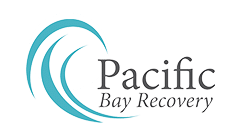If you are a business owner or manager who hires employees, then you have the unique opportunity to develop a workspace that will be unlikely to trigger or contribute to addictive behavior.
For employees, a healthy work environment is paramount to a healthy mind. By making sure that you develop and maintain a workspace that encourages positivity, acceptance, and other healthy behaviors, you will thereby reduce the risk of your employees becoming addicted to drugs.
In short, if your employees head home from work with their hearts full and they look forward to coming back the next day, it’s a lot less likely that they’re going to feel the need to use drugs in between.
Risk Factors for Addiction
There are many different things that can contribute to addiction. Some factors, like volatile family relationships or childhood trauma, have nothing to do with you. However, these experiences leave scars and wounds that might be triggered at work.
- Stress causes a series of uncomfortable symptoms, both mental and physical.
- Emotional conflict can easily trigger old wounds or unhealthy beliefs and behavior patterns.
- Lack of fulfillment or satisfaction. Drugs and alcohol can produce feelings of reward and accomplishment even where none is due. As such, many people turn to drugs or alcohol wh’][vg 4101]en they’re feeling unfulfilled.
- Drugs and alcohol can also make it enjoyable to do absolutely nothing, so when people are bored they might get high just to fill the time.
Creating a Work Environment That Discourages Addictive Behavior
You might not ever completely eliminate the chances of someone developing an addiction. However, you can take steps to make sure that your workplace does not trigger or exacerbate addictive tendencies. As a bonus, your workplace will be pleasant, rewarding, and emotionally fulfilling for those under your employ.
1. Reduce stress.
Even the most forgiving jobs can be stressful at times.
- Try to evenly distribute the workload and don’t push employees too hard.
- Bring in extra staff during the busy season, or help out yourself.
- Take time out of your day to check in with each employee. Ask them directly how they’re feeling and coping with the current workload.
2. Reduce emotional challenges.
People don’t come to work to fight emotional battles. Create an environment where people feel safe, accepted, and understood. Ensure that rules are in place to prevent employees from discriminating and judging.
3. Try to make the work fulfilling and satisfying.
Even though some jobs, like washing dishes, are simply never going to be emotionally fulfilling, such as dishwashing, you can create for your employees a sense of accomplishment and fulfillment.
This may mean something silly like an incentive program where you reward employees with a gold star simply for showing up and finishing the day. Make sure that they understand how much you appreciate them by letting them enter their gold stars into a monthly raffle. This could turn a dreary routine into something enjoyable.
Conclusion
If you want to run an addiction-free workplace, then you must do more than simply hire sober employees. You have to create a workspace that’s free from the many risk factors for addiction, as well as providing emotional fulfillment and satisfaction for your employees.
Not only will this reduce the risk of employees developing addictions, but it will also serve to create a work environment that your employees are sure to remember fondly for the rest of their lives.


